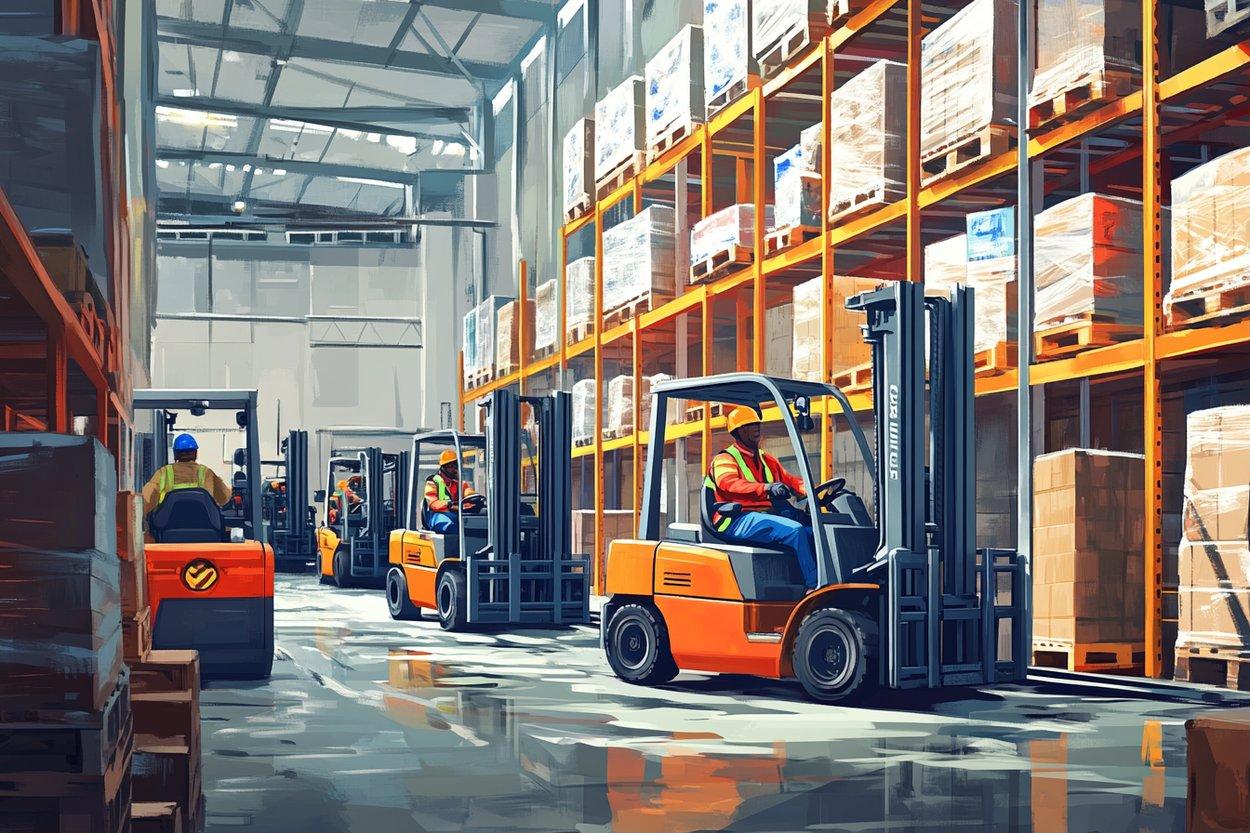The Unseen Potential of Warehouse Conversion in the Real Estate Market
Introduction: Discover the uncharted territory of warehouse conversion—a rising trend in the real estate industry. This article uncovers the opportunities, challenges, and potential of this sector, backed by expert analysis and financial insights. Warehouse conversion is an innovative real estate strategy that has been gaining traction in recent years due to urbanization and the shift towards sustainable living. This process involves transforming old, unused warehouses into functional spaces such as residential lofts, offices, or retail establishments. The trend emerged from a combination of factors including the decline of manufacturing industries, the rising cost of urban land, and the growing demand for unique, character-filled properties.

Current Market Trends and Financial Insights
The warehouse conversion sector has shown promising growth. According to industry experts, converted warehouses often fetch higher rental rates than traditional commercial spaces due to their unique charm and versatility. Moreover, they are often located in prime urban areas, making them a desirable choice for businesses and residents alike. However, it’s not without its challenges. Converting warehouses into habitable spaces requires substantial investment, and zoning regulations can be a potential hurdle.
Advantages of Warehouse Conversion
One of the primary advantages of warehouse conversion is the potential for high returns on investment. The unique characteristics of converted warehouses, such as high ceilings and open floor plans, appeal to a niche market willing to pay a premium. Additionally, the trend towards urban living and sustainable practices makes these properties increasingly desirable. They offer an opportunity to refurbish and repurpose existing structures, reducing the environmental impact compared to new constructions.
Challenges and Impacts on Real Estate Stakeholders
Despite its potential, warehouse conversion also presents several challenges. The initial investment can be substantial, as it typically involves significant renovation to meet residential or commercial standards. Regulations and zoning laws can also pose difficulties, as these properties are often located in industrial zones. Nevertheless, the potential returns may offset these challenges, making it an attractive prospect for investors with a long-term view.
The Future of Warehouse Conversion
The future of warehouse conversion appears promising, with several cities across the globe increasingly recognizing its potential. Urban regeneration initiatives are encouraging the trend, viewing it as a means to revitalize aging industrial areas. As the demand for unique, sustainable properties continues to grow, so too does the potential for warehouse conversion. However, investors need to approach with caution, understanding the financial implications and regulatory hurdles involved.
In conclusion, warehouse conversion presents a unique opportunity in the real estate market. While it’s not without its challenges, the potential benefits—both financial and environmental—are compelling. As urbanization continues to rise, and as more people seek out unique, character-filled properties, warehouse conversion is likely to become an increasingly popular investment strategy.




